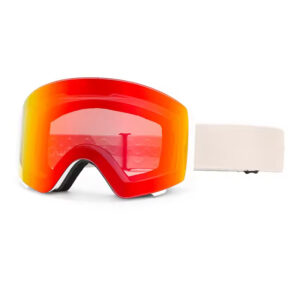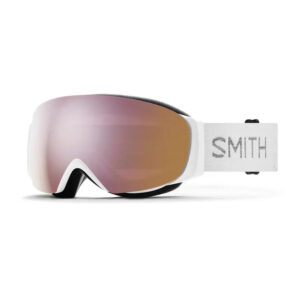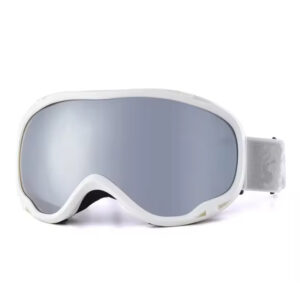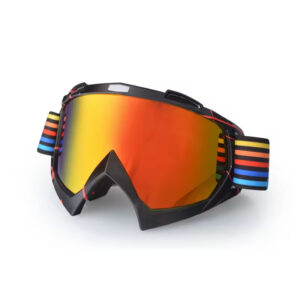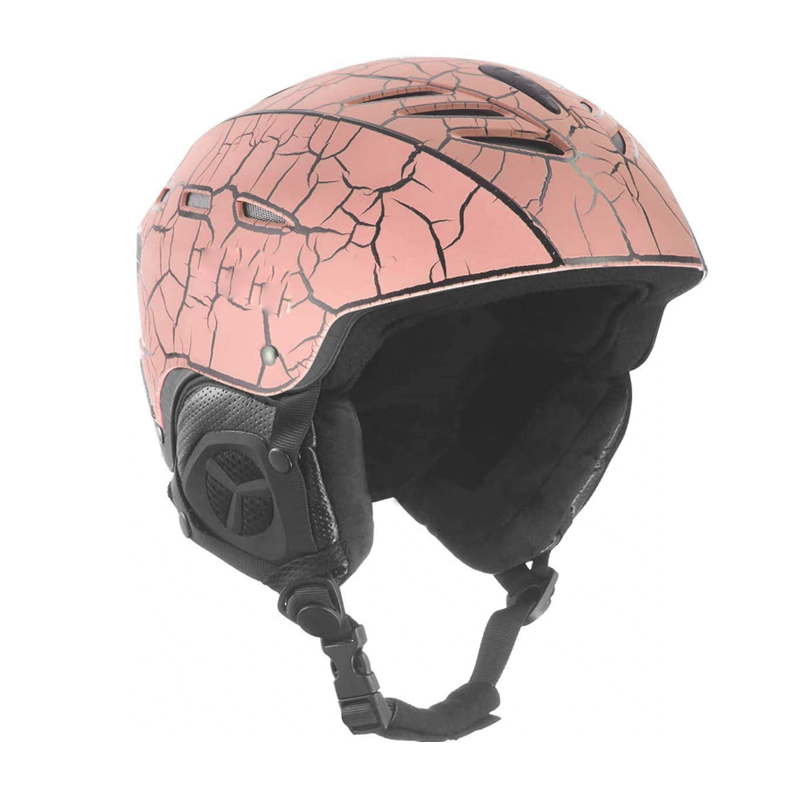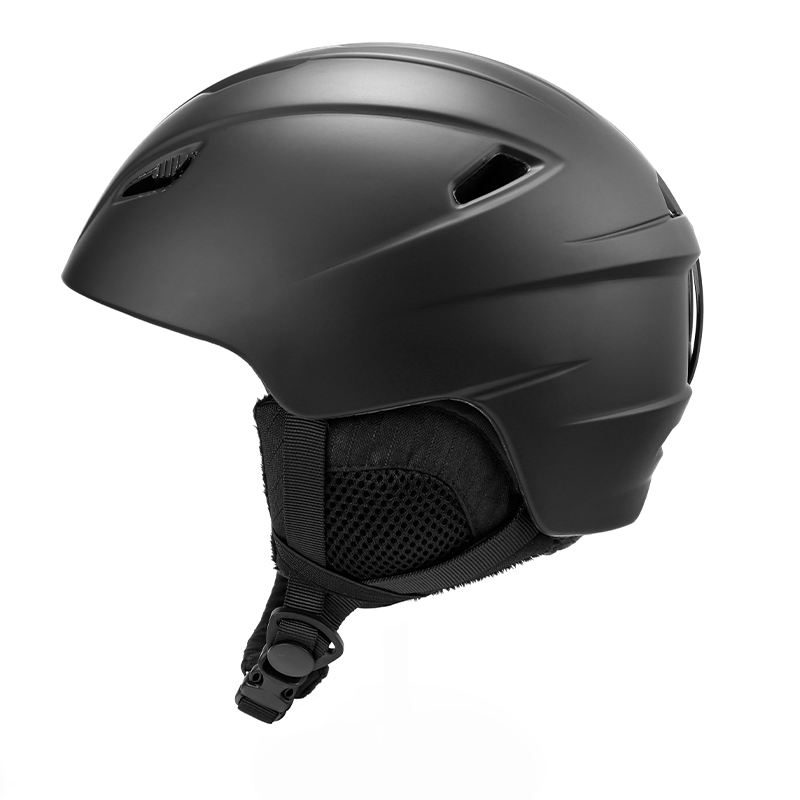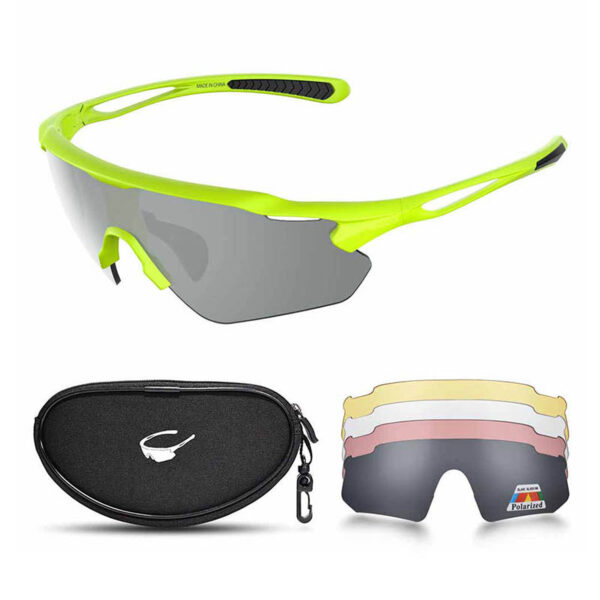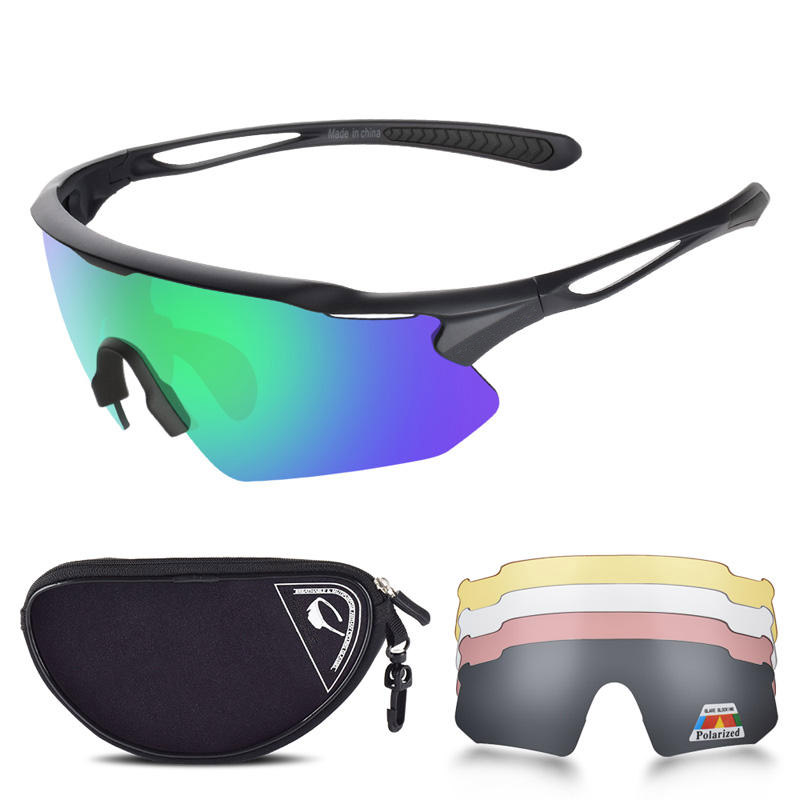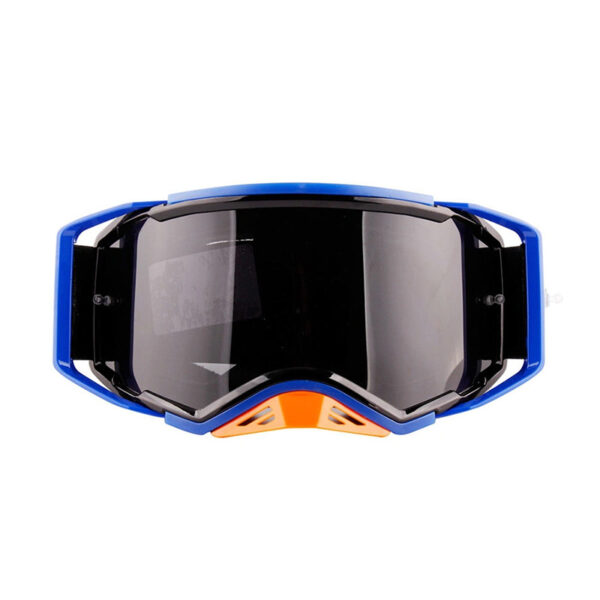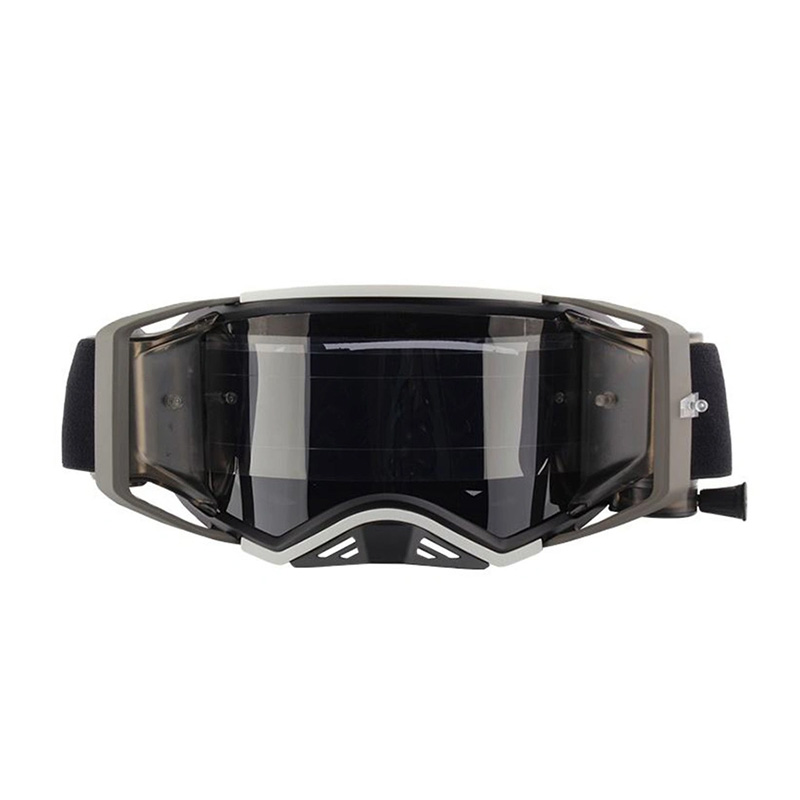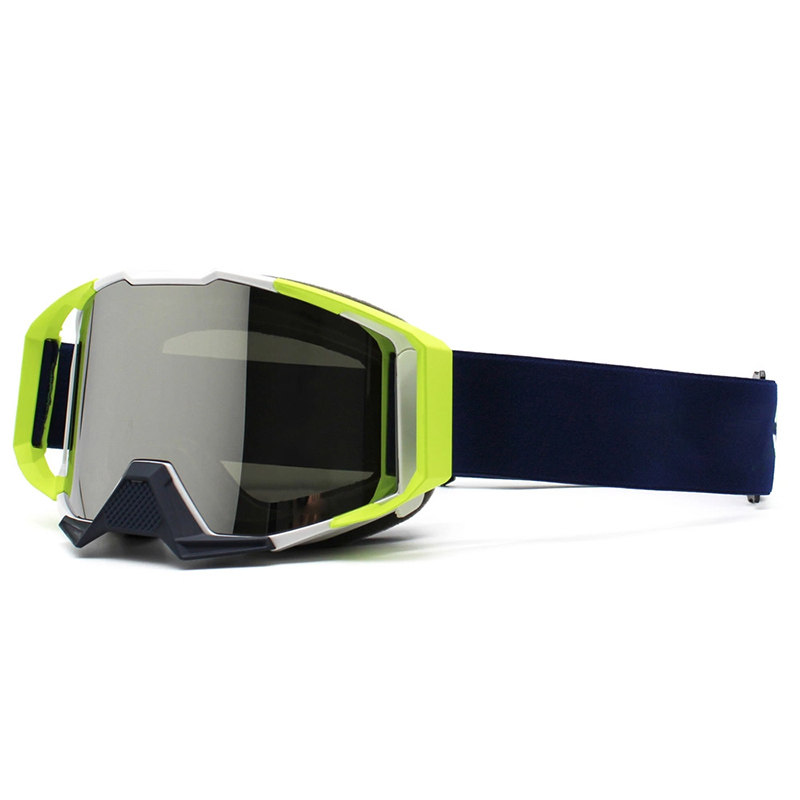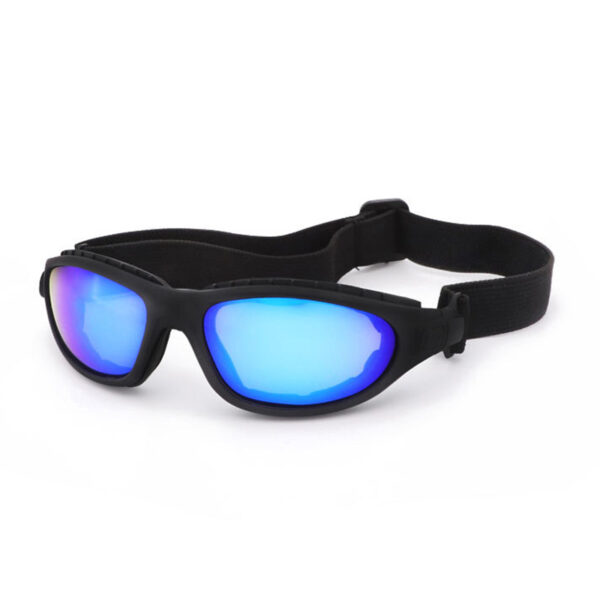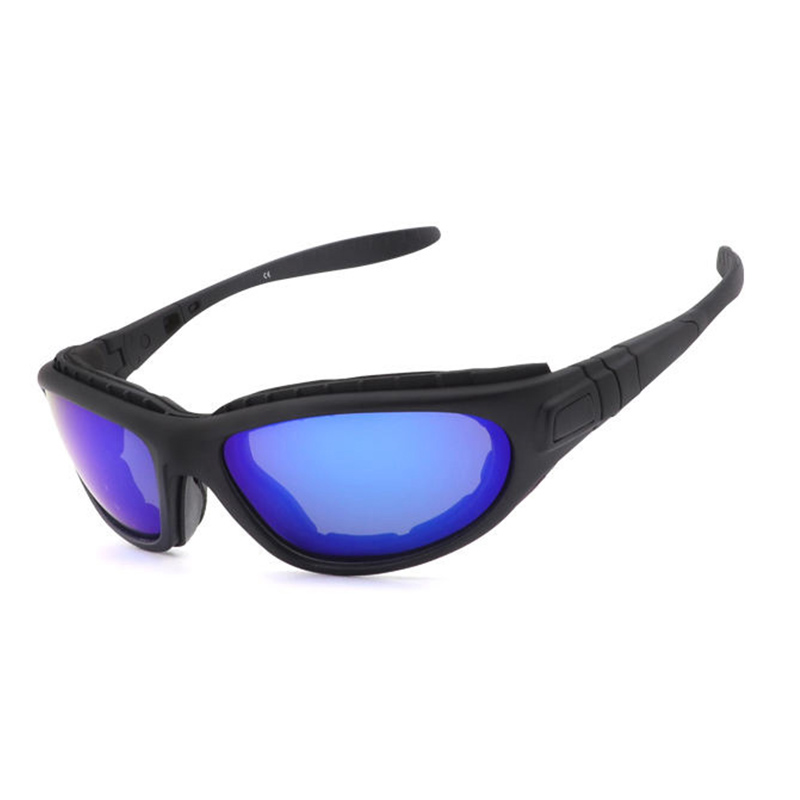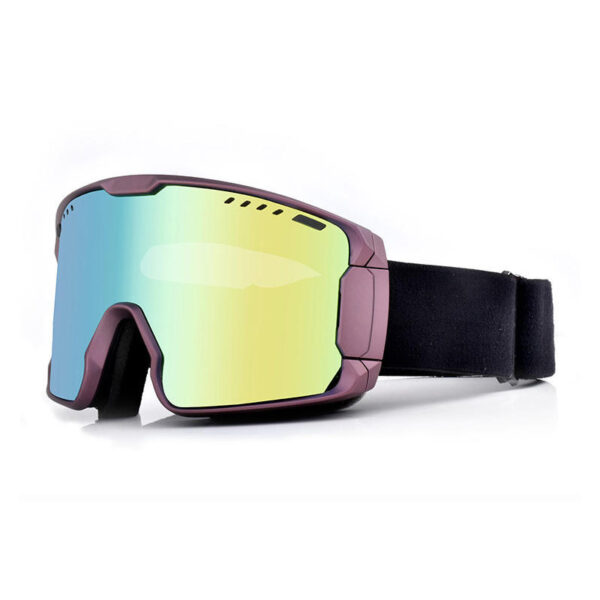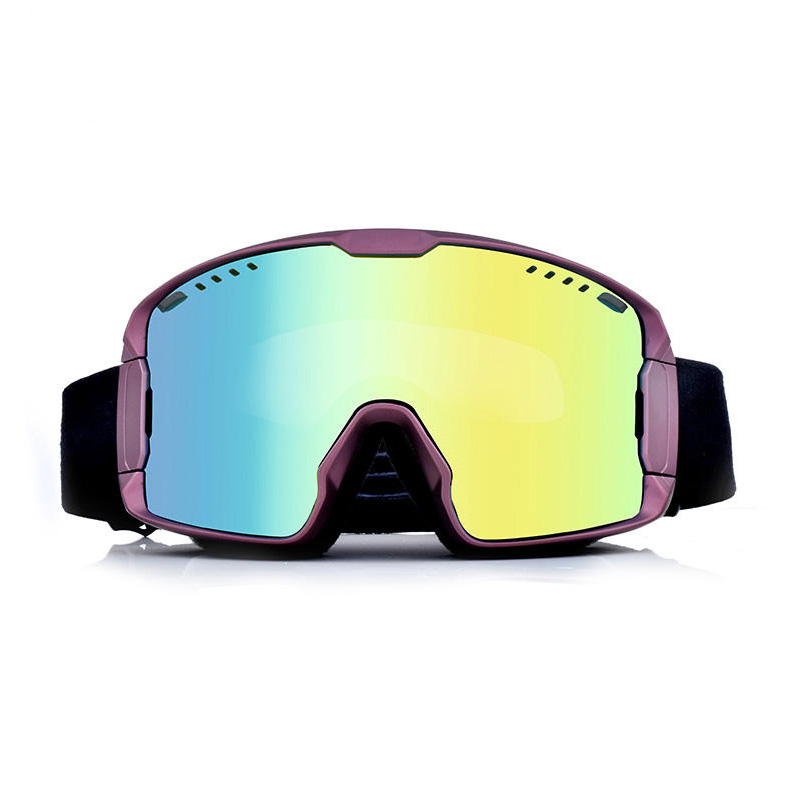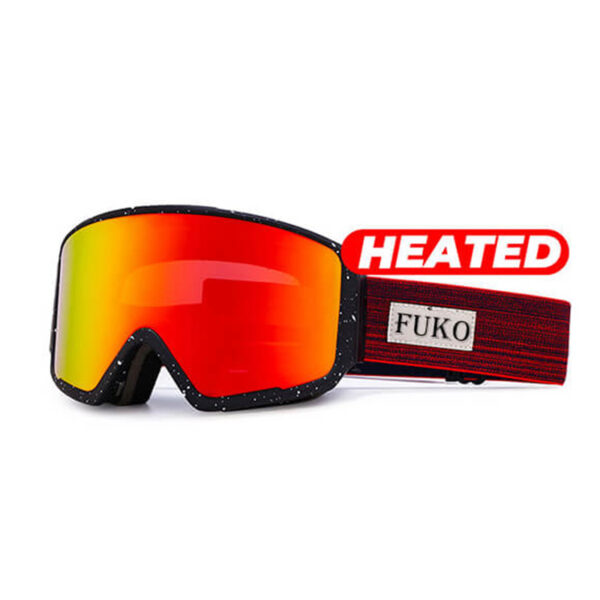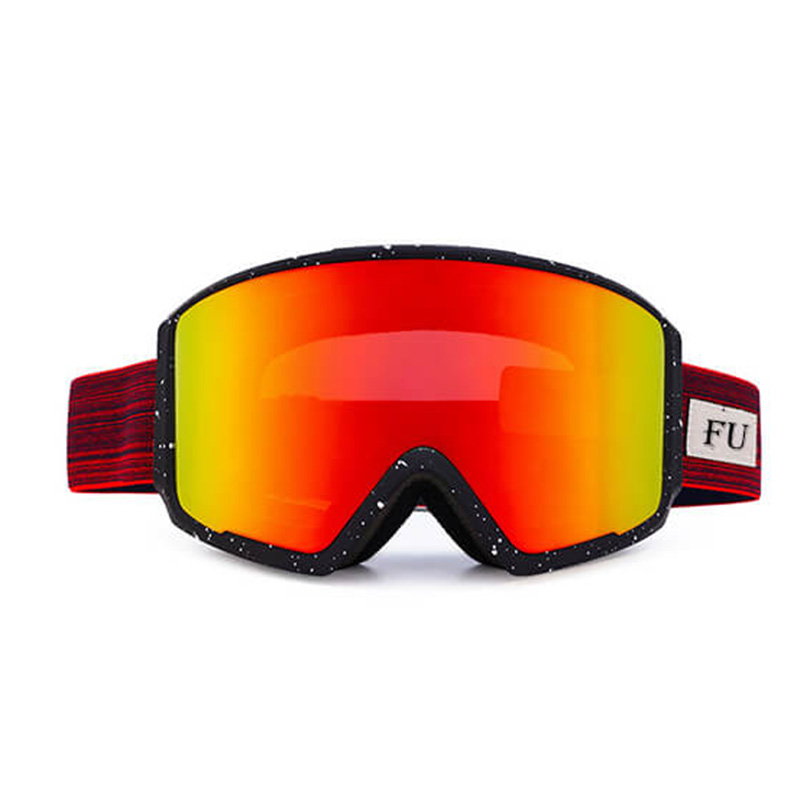Skiing is an exhilarating winter sport that attracts millions of enthusiasts every year. Whether you’re a seasoned skier or a beginner hitting the slopes for the first time, one essential piece of equipment you’ll need is ski goggles. This protective eyewear not only shields your eyes from harsh weather conditions but also enhances your vision on the slopes. In this article, we will explore the importance of ski goggles and provide guidance on how many pairs you need and how to choose the right ones.
How Many Pairs of Ski Goggles Do I Need?
The number of ski goggles you need depends on various factors, such as your skiing frequency, weather conditions, and personal preferences. If you’re an occasional skier who hits the slopes a few times a year, investing in a single pair of ski goggles should suffice. However, if you’re a frequent skier or plan on skiing in different weather conditions, having multiple pairs can be beneficial.
When it comes to weather conditions, it’s important to consider the different lenses available for ski goggles. Goggles with darker lenses or mirrored coatings are ideal for bright sunny days to reduce glare. On overcast or snowy days, goggles with lighter lenses or yellow tints enhance contrast and improve visibility. If you often ski in a variety of weather conditions, having at least two pairs of goggles with different lenses can be advantageous.
Furthermore, some skiers prefer having different goggles for different skiing terrains. For example, if you enjoy both downhill skiing and cross-country skiing, having separate pairs of goggles optimized for each activity can enhance your overall experience. Additionally, having a spare pair of goggles is always a good idea in case of damage or loss during your skiing adventures.
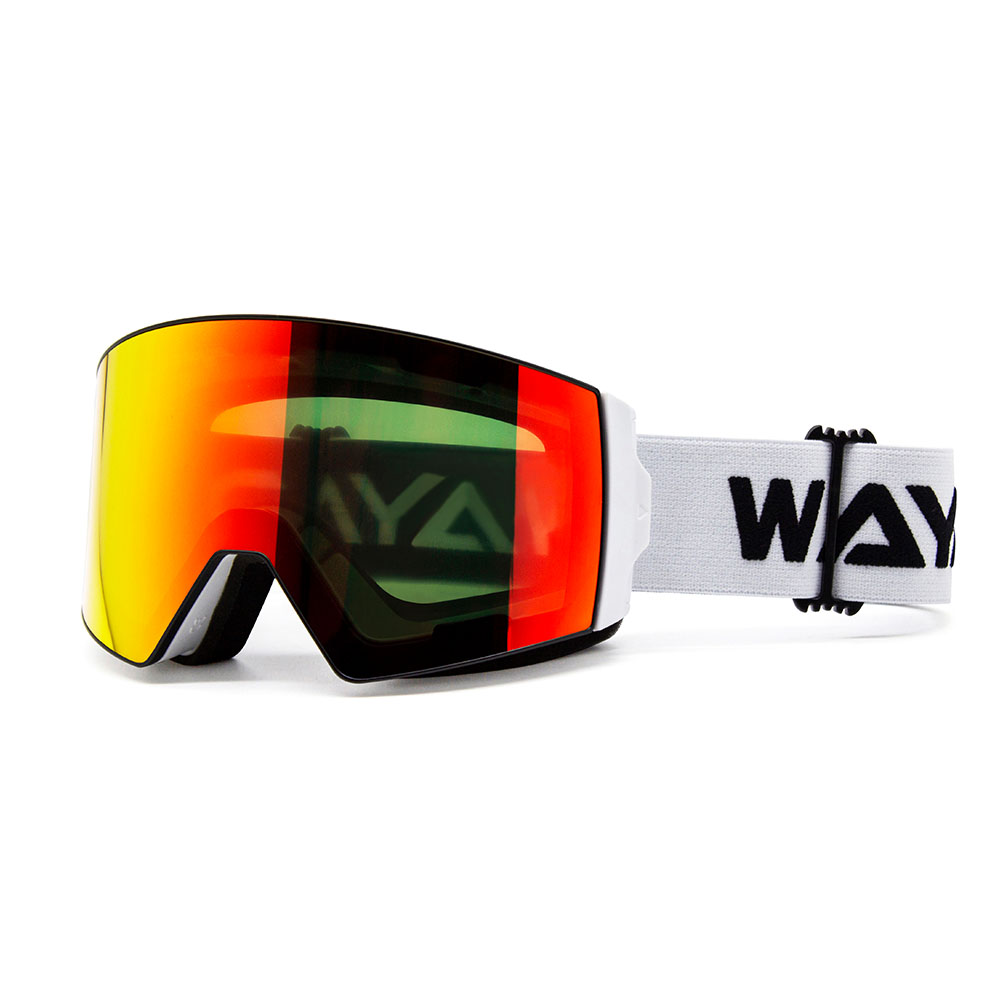
Do I Need Ski Goggles the First Time?
If you’re a first-time skier, you may wonder whether ski goggles are necessary. The answer is a resounding yes! Ski goggles offer essential protection for your eyes and vision, ensuring a safe and enjoyable skiing experience.
When skiing, you’re exposed to various elements such as wind, snow, and sunlight. Ski goggles provide a barrier against these elements, preventing them from directly impacting your eyes. They also shield your eyes from harmful UV rays and reduce the risk of snow blindness, a condition caused by excessive exposure to bright sunlight reflected off the snow.
Moreover, ski goggles significantly improve your vision on the slopes. They come with specialized lenses that enhance contrast, reduce glare, and provide a wider field of view than regular sunglasses. This enhanced vision allows you to navigate the terrain better, spot obstacles, and react quickly to environmental changes.
Read More: Do You Need Goggles To Ski
How to Buy Ski Goggles for Beginners?
For beginners, choosing the right pair of ski goggles can be overwhelming due to the wide range of options available. Here are some essential factors to consider when buying ski goggles:
- Fit: Proper fit is crucial to ensure comfort and functionality. Look for goggles that snugly fit your face without causing discomfort or pressure points. Adjustability features such as adjustable straps and foam padding can help achieve a customized fit.
- Lens Technology: Consider the lens technology used in the goggles. Different lens colors and coatings offer varying levels of visibility and protection. Opt for lenses that cater to the weather conditions you’ll likely encounter while skiing.
- Anti-Fogging: Skiing can generate sweat and body heat, leading to fogged-up goggles. Look for goggles with anti-fogging properties such as double lenses or vents that promote airflow. Anti-fog coatings on the inner lens surface are also beneficial.
- UV Protection: Ensure that the ski goggles provide 100% UV protection. This feature shields your eyes from harmful rays, especially at high altitudes with more intense UV exposure.
- Durability: Ski goggles should be able to withstand the rigors of skiing. Look for goggles with sturdy frames, scratch-resistant lenses, and reliable strap systems. For durability, Consider goggles made from polycarbonate or thermoplastic polyurethane (TPU).
- Price: Ski goggles come in a range of prices. While it’s tempting to opt for cheaper options, investing in higher-quality goggles can provide better performance, durability, and long-term cost-effectiveness.
Conclusion
Ski goggles are an essential piece of equipment for skiers of all levels. They protect your eyes from harsh weather conditions, enhance your vision on the slopes, and ensure a safe and enjoyable skiing experience. The number of pairs you need depends on your skiing frequency, weather conditions, and personal preferences. For occasional skiers, one pair may suffice, but frequent skiers or those encountering varied weather conditions may benefit from having multiple pairs. When buying ski goggles, consider factors such as fit, lens technology, anti-fogging properties, UV protection, durability, and price. By choosing the right pair of ski goggles, you’ll be well-prepared to tackle the slopes and make the most of your skiing adventures.
Also Read: Can You Rent Ski Goggles

